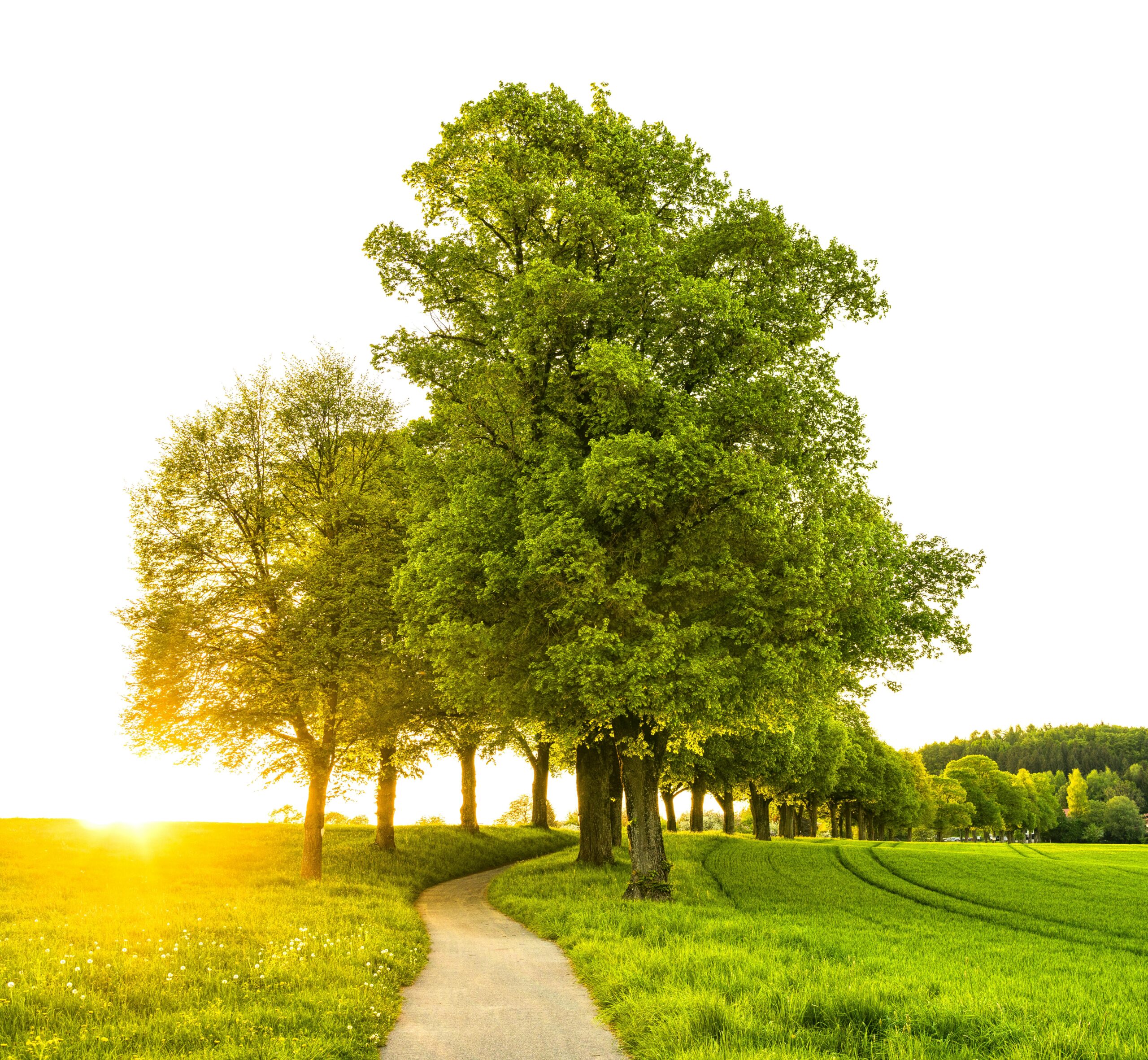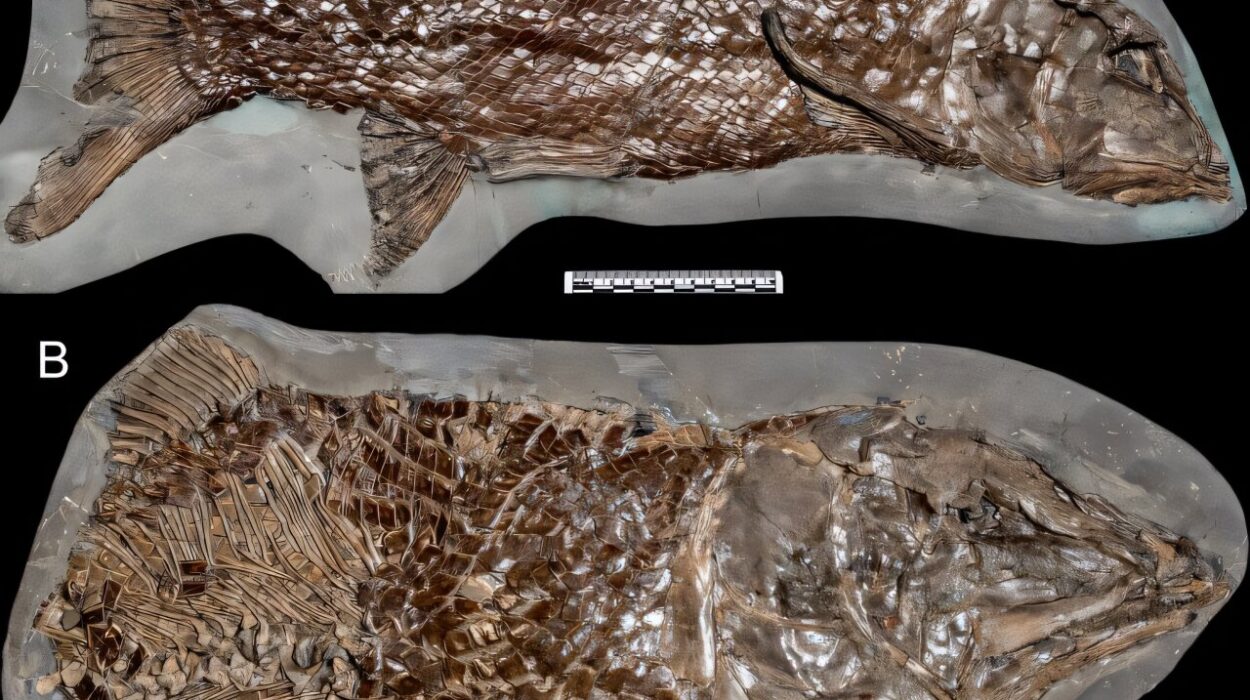Imagine walking through a quiet forest, the sunlight filtering through the canopy, the gentle rustle of leaves playing a natural symphony. While to the untrained eye, this might seem like an isolated, peaceful scene, the truth is much more startling. Beneath the forest floor, a hidden world thrives—one where trees and plants are quietly communicating with one another in ways we are only beginning to understand. Welcome to the world of the “Wood Wide Web,” a complex underground network that connects trees and plants in the most surprising of ways.
For centuries, humans have marveled at trees’ beauty, their towering strength, and their peaceful stillness. However, it wasn’t until the late 20th century that scientists began to uncover a remarkable secret: trees are not solitary beings. Rather, they are part of an elaborate, interwoven network that allows them to communicate, share resources, and even warn each other of danger. Far from being passive giants, trees are social creatures with a rich and dynamic existence.
At the heart of this hidden communication system is the mycorrhizal fungi, which forms the backbone of the “Wood Wide Web.” These fungi create vast networks of threads that link the roots of individual trees and plants, forming a symbiotic relationship with them. Through this underground system, trees can send and receive signals, exchange nutrients, and offer each other support in times of need. But how does this system work, and what does it mean for our understanding of life on Earth?
The Discovery of the Mycorrhizal Network
The discovery of the mycorrhizal network began in the late 19th century, when scientists first observed the relationships between fungi and plant roots. The term “mycorrhiza” comes from the Greek words “mycos” (fungus) and “rhiza” (root), and it describes the mutualistic relationship between fungi and plant roots. The fungi attach to the plant roots, extending their hyphae (thread-like structures) into the surrounding soil. In return for the carbohydrates the plants provide through photosynthesis, the fungi offer a wide range of services, including increased nutrient absorption, particularly of phosphorus.
However, the true depth of this partnership wasn’t fully understood until the 1990s, when researchers like Suzanne Simard and others began to explore the concept of the “Wood Wide Web.” They realized that these fungal networks were far more sophisticated than anyone had imagined. Far from being isolated interactions, the mycorrhizal networks formed vast, interconnected systems that could span entire forests, linking trees across vast distances.
In fact, it was Simard’s groundbreaking research in the boreal forests of Canada that brought the full extent of this underground network into the scientific spotlight. She discovered that trees were not simply relying on these networks for nutrient exchange but were also using them to communicate. Larger trees, like the towering Douglas firs, could send carbon and other nutrients through the fungal threads to smaller or weaker trees, ensuring their survival. These “nurse trees,” as they’ve been called, provide vital support to younger saplings, and this altruistic behavior is part of a larger ecological balance that allows the forest to thrive as a whole.
The Language of Trees
But the real magic of the “Wood Wide Web” is not just the exchange of resources—it’s the ability of trees to communicate across vast distances. In a way, the underground network functions like a neural network, with the fungi acting as the conduits for the transmission of signals. Through this system, trees can share information about environmental changes, pest infestations, or even danger from herbivores. In essence, trees can “talk” to one another, sending chemical signals through the mycorrhizal network.
One of the most fascinating discoveries came when scientists observed that trees could warn each other about impending threats. When a tree was attacked by herbivores, it would release volatile organic compounds (VOCs) into the air. These VOCs are chemicals that act like a warning signal, telling nearby trees to start producing defensive chemicals like tannins or alkaloids, which make their leaves less appetizing to herbivores. But here’s the twist—trees could also send signals through their roots. The fungi connecting them would carry these chemical messages deep into the soil, allowing trees farther away to prepare for the same threat.
This type of communication is not just limited to herbivore attacks. Trees have also been observed to warn each other about fungal infections or droughts. In some cases, trees can even send carbon to a struggling neighbor to help them survive difficult conditions, thus demonstrating an unprecedented level of cooperation. This mutualistic relationship goes beyond simple survival; it suggests that forests operate as interconnected, cooperative communities, rather than a collection of independent organisms.
The Role of Mycorrhizal Fungi: Nature’s Internet
To fully grasp the significance of the Wood Wide Web, it’s essential to understand the role of mycorrhizal fungi. These fungi are not merely passive participants in the network—they are the architects, the engineers, and the caretakers of the forest ecosystem. The fungal hyphae that form the mycorrhizal network are akin to the wiring of an advanced computer system, transmitting both nutrients and information across vast distances.
The fungi serve as a vital link between trees, plants, and even different species. It’s estimated that around 90% of plants form symbiotic relationships with fungi, and these relationships are essential for the health of the ecosystem. The fungi extend their hyphae beyond the immediate vicinity of the plant roots, creating a network that can span several acres. These networks not only connect trees to one another but also link different species together, allowing them to share resources and information.
The fungi are particularly effective at helping trees access nutrients that are otherwise difficult to obtain. For example, phosphorus is a vital nutrient for plant growth, but it is often locked in the soil in forms that plants cannot easily absorb. Mycorrhizal fungi solve this problem by secreting enzymes that break down the phosphorus, making it available to the plants. In return, the plants provide the fungi with sugars produced through photosynthesis, creating a mutually beneficial relationship that benefits the entire forest.
Moreover, these fungal networks can link different species together, creating a vast web of interactions that stretches far beyond the individual tree. This interconnectedness is crucial for the resilience of the forest ecosystem. In times of drought, for example, the mycorrhizal network can help redistribute water and nutrients to trees that are struggling. During periods of stress, such as disease outbreaks or pest infestations, the fungi can act as a lifeline, transferring resources between trees to ensure that the forest as a whole remains healthy.
Tree Cooperation and Survival
One of the most striking features of the “Wood Wide Web” is the level of cooperation that occurs among trees and plants. While competition is often a driving force in nature, the underground fungal networks suggest that cooperation plays an equally vital role in forest ecosystems. Trees are not simply isolated individuals—they are part of a collective community that works together for the greater good.
This cooperation is particularly evident when it comes to older, larger trees, which are often referred to as “mother trees.” These trees play a crucial role in the survival of younger saplings by supplying them with carbon and nutrients through the mycorrhizal network. In some cases, mother trees have been observed to allocate resources to saplings that are struggling to survive, ensuring that the next generation of trees can grow and thrive. This process is known as “nurse tree” behavior, and it highlights the interconnected nature of forest ecosystems.
Mother trees are not only providing resources to their offspring, but they are also engaged in a kind of long-distance communication with other trees in the forest. Studies have shown that mother trees are able to detect when other trees are under stress, such as during periods of drought or pest attacks. When this happens, they can increase the flow of nutrients to the affected trees, helping them to recover. This form of cooperation, where trees support each other in times of need, is essential for maintaining the health and stability of the forest ecosystem.
However, this cooperative behavior is not without its risks. There is evidence to suggest that older trees are particularly vulnerable to climate change and other environmental stresses. As these trees begin to die off, the entire mycorrhizal network could be affected, leading to a breakdown in communication and resource-sharing. This could have devastating consequences for the forest as a whole, making it all the more important to protect these vital “mother trees.”
The Future of Forests: Climate Change and the Wood Wide Web
The discovery of the “Wood Wide Web” has opened up a new realm of understanding about the interdependence of trees and their environment. However, this understanding comes at a time when forests are facing unprecedented challenges due to climate change, deforestation, and human activity.
Climate change poses a significant threat to the mycorrhizal networks that underpin the Wood Wide Web. Rising temperatures, prolonged droughts, and shifting weather patterns can disrupt the delicate balance between trees and fungi, leading to a breakdown in communication and resource-sharing. As forests become stressed, the ability of trees to cooperate and support one another may diminish, leading to a decrease in biodiversity and forest resilience.
In addition, deforestation and land-use change are causing significant damage to forest ecosystems. The destruction of forests not only removes trees from the network but also disrupts the mycorrhizal connections that are vital for forest health. Without these underground networks, trees and plants are less able to communicate, share resources, and support one another, making it more difficult for forests to recover from disturbances.
Given the vital role that the Wood Wide Web plays in forest ecosystems, protecting and preserving these networks is essential for the future of our planet. Efforts to combat deforestation, restore damaged ecosystems, and mitigate the effects of climate change are crucial for maintaining the health and resilience of forests. By understanding the deep connections between trees and the mycorrhizal networks, we can begin to appreciate the complexity of nature and the importance of maintaining these delicate relationships.
Conclusion: The Unseen Life of Forests
The Wood Wide Web is a remarkable and awe-inspiring example of nature’s interconnectedness. What we once thought of as isolated individuals in the forest—trees standing tall against the elements—are, in fact, part of a vast, intricate network of communication and cooperation. Through the mycorrhizal fungi, trees can share resources, warn each other of danger, and support one another in times of need. This hidden network is not just a system for survival; it is a testament to the intelligence and interconnectedness of life on Earth.
As we continue to study and explore the depths of this underground world, we are reminded of how much we still have to learn about the natural world. The more we uncover about the Wood Wide Web, the more we realize that trees, fungi, and plants are not passive observers of their environment—they are active participants in a living, breathing ecosystem that is constantly evolving and adapting. In this hidden world, communication, cooperation, and mutual support are the keys to survival, and the health of the forest depends on the strength of its connections.
The Wood Wide Web is not just a scientific curiosity—it is a profound reminder of the interdependence of all life on Earth. In a time when environmental challenges threaten our planet’s ecosystems, understanding and protecting these connections is more important than ever. The future of our forests—and the life that depends on them—rests in our hands. It is up to us to ensure that the Wood Wide Web continues to thrive for generations to come.






